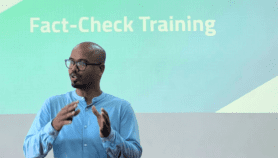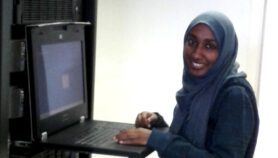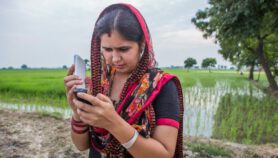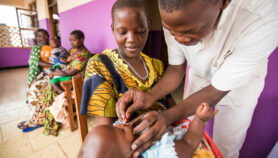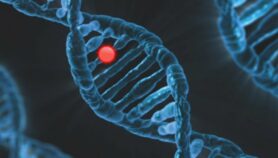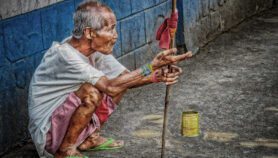By: Nick Kennedy
Send to a friend
The details you provide on this page will not be used to send unsolicited email, and will not be sold to a 3rd party. See privacy policy.
A major international project assessing global earthquake risk is overcoming the suspicions of some earthquake experts and is starting to have a big impact on communities in developing nations, despite its delayed launch, insiders say.
The Global Earthquake Model (GEM) is the first open-source project to assess earthquake risk based on the geology, building types and regulations all over the world.
The planned 2013 release of its freely available risk modelling software, known as OpenQuake, has been delayed until the end of this year to test the software and ensure it can provide “robust results”, says Anselm Smolka, secretary-general of GEM.
But some developing nations are already benefitting from OpenQuake, which has been tested and used in over 80 countries. For example, Ecuador and Papua New Guinea are using it to develop their own national earthquake hazard maps.
Urban risk assessments are underway or planned in areas of Armenia, Georgia, Jordan, Iran, Lebanon and Pakistan, as part of the Earthquake Model for the Middle-East Region project.
And the member states of the Association of Southeast Asian Nations have expressed interest in a regional project to use OpenQuake to develop earthquake impact scenarios for specific cities based on hypothetical or past earthquakes.
In addition, GEM is running numerous training programmes so that earthquake experts in developing countries can use OpenQuake to assess the risks and hazards specific to the region where they work.
“We are building capacity so people are trained to use the products developed by GEM for national or local risk-reduction programmes,” says Smolka.
For example, the National Society for Earthquake Technology (NSET) in Nepal has run two training programmes with GEM.
NSET’s executive director, Amod Dixit, says: “GEM has allowed institutions like NSET to get trained — at GEM’s expense — in methods for earthquake hazard and risk assessment, and also in the social aspects of earthquake impacts.”
Dixit says that his team plans to implement a new building code in Nepal, but first they need to understand what risks they are facing, and the OpenQuake software can assess these.
The NSET organisation can then use these risk assessments to convince the municipality and government of the safety benefits of implementing the building code and making the houses safer, he says.
“We are looking forward to using OpenQuake for our hazard assessments,” he says.
Turning tide
But he was not always so open to working with GEM, and many others held similar reservations, he says.
“I was suspicious because of the heavy involvement of research centres from developed countries,” he says. “Early on we thought that only academics and scientists from the developed countries would have their say. There was a feeling of, how can we contribute? How can our research centres contribute? What if we are not heard?”
“Now I understand that is not the case,” Dixit adds. “GEM is in a real sense global.”
John Schneider, a member of the GEM Governing Board, says: “Organisations that were perhaps suspicious a few years ago are now coming to us and saying ‘we would like to learn how to use your tools’. So that tide is starting to turn.”
GEM has also produced two unique open-access databases that could change the way researchers forecast earthquakes, says Schneider.
The Instrumental Earthquake Catalogue documents the location and magnitude of all earthquakes above magnitude 7.5 that have occurred since 1900, and above magnitude 5.5 since 1960. And the Strain Rate Model measures how points on the earth are moving relative to one another to explain patterns of stress and strain in the planet’s crust.
> Link to article about OpenQuake in Natural Hazards
> Click here for a booklet about GEM and its achievements
See below for a video about GEM:




